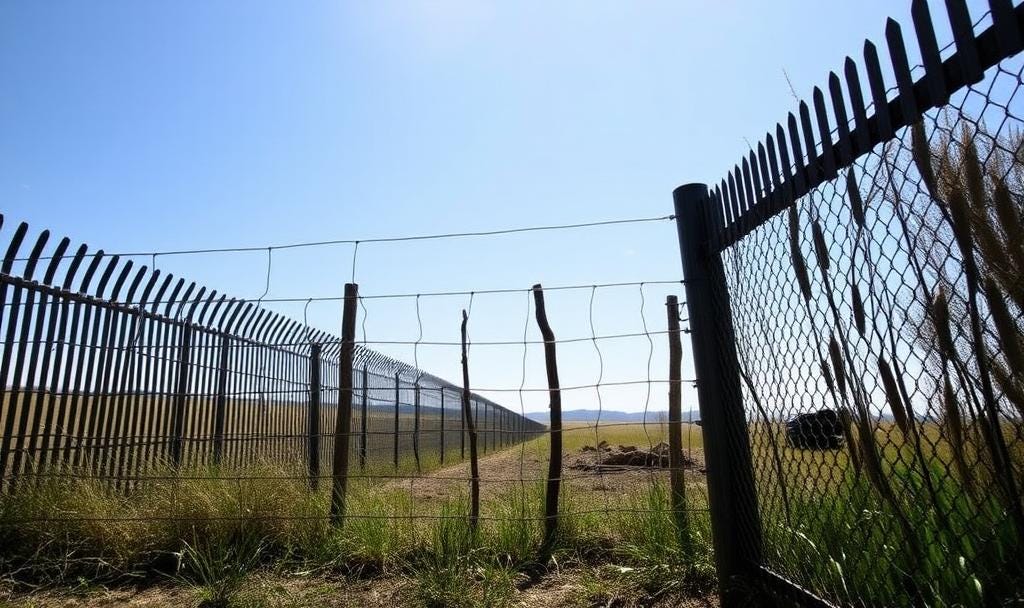7.) The Safety Spiral
Why Emotional Safety Breaks Down (and How to Rebuild It Without Starting Over)
Closeness without boundaries isn’t connection — it’s emotional codependence in disguise.
Most couples think emotional safety comes from being close.
More talks. More sharing. More vulnerability.
But here’s the truth:
Closeness without differentiation is enmeshment.
And enmeshment kills intimacy just as fast as avoidance.
If you want to feel safe in your marriage, you don’t need more conversations. You need more respect for autonomy.
Because emotional safety isn’t built through access. It’s built through boundaries.
Let’s break that down.
The Safety Spiral: From Intimacy to Emotional Erosion
Here’s how emotional safety tends to break down:
One partner gets emotionally dysregulated.
They reach for the other person to help soothe them (which is normal!)
The other partner isn’t available in the way they expected.
The first partner interprets that as rejection.
So they push harder. Demand connection. Escalate.
The other partner retreats or shuts down.
The first partner feels abandoned. Again.
Welcome to the safety spiral.
This doesn’t happen because you don’t love each other.
It happens because you’re trying to regulate each other instead of regulating yourselves.
That’s the core issue: your emotional safety has become externally managed.
And as long as your peace depends on how quickly your partner responds, you’ll always feel unsafe.
Differentiation: The Real Foundation of Safety
Let me introduce a concept that’ll save your marriage: differentiation.
Differentiation is the ability to stay emotionally grounded while staying in connection.
It’s:
Being able to self-regulate without needing to collapse into your partner
Respecting your partner’s autonomy even when you’re upset
Staying clear about your experience without making it their job to fix it
This doesn’t mean you don’t lean on each other. It means you don’t collapse into each other.
The irony? Differentiation leads to more intimacy, not less.
Because when both people feel free to be themselves, they stop walking on eggshells.
They feel safe to be real.
That’s emotional safety.
Case Study: Closeness That Backfired
Let’s look at a couple I worked with: Jenna and Mike.
Jenna wanted deep emotional connection. Every time Mike seemed distant, she pursued harder. She’d ask more questions, want to process, want to fix the tension now.
Mike? He grew up in a home where emotional intensity meant danger.
The more she pursued, the more he shut down.
She felt abandoned. He felt overwhelmed. Neither felt safe.
In therapy, we uncovered that Jenna believed "connection fixes everything" — even if her partner wasn’t ready. And Mike believed "shutting down keeps things from getting worse."
Once Jenna learned to sit in the discomfort of space — and Mike learned how to offer presence without retreating — their nervous systems began to calm.
They didn’t need to be perfect. They just needed to stop making emotional access mandatory.
Mini Scripts for Rebuilding Safety
Here are some emotionally mature scripts for when you feel unsafe or disconnected, but don’t want to escalate:
When you need space:
"I care about you, and I want to stay connected, but I need 20 minutes to get clear before I talk."
"I’m not abandoning this conversation, I’m regulating so we don’t repeat old patterns."
When your partner needs space (but you’re triggered):
"I’m noticing I want to chase you here, and I don’t want to do that. Can you help me understand how much space you need so I don’t spiral?"
When you’re trying to re-enter after a rupture:
"Are you in a place where we can talk about what happened? No pressure if not yet."
"I want to reconnect, but only if it’s safe for both of us."
Reflection Questions
When I feel disconnected, do I pursue or retreat?
Do I confuse emotional access with emotional safety?
What did emotional safety look like (or not look like) in my family growing up?
Do I give my partner the space to be themself even when I’m triggered?
How can I communicate my needs without demanding emotional rescue?
Closing Thought: Stop Trying to Merge. Start Trying to Stand Together.
Emotional safety doesn’t come from never fighting.
It comes from knowing that even in conflict, you’re free to be yourself without being punished, shut down, or erased.
That starts with boundaries.
It matures through differentiation.
And it lasts when you both learn how to co-regulate after you self-regulate.
When emotional safety is built on differentiation, both partners can stand in their individuality and handle conflict without collapsing into unhealthy patterns.
One such destructive pattern is scorekeeping—where emotional effort is measured and used as leverage.
In the next article, we’ll explore how scorekeeping emerges when differentiation breaks down and how you can shift from transactional behavior to true emotional investment in your relationship."
See you in the next article!



